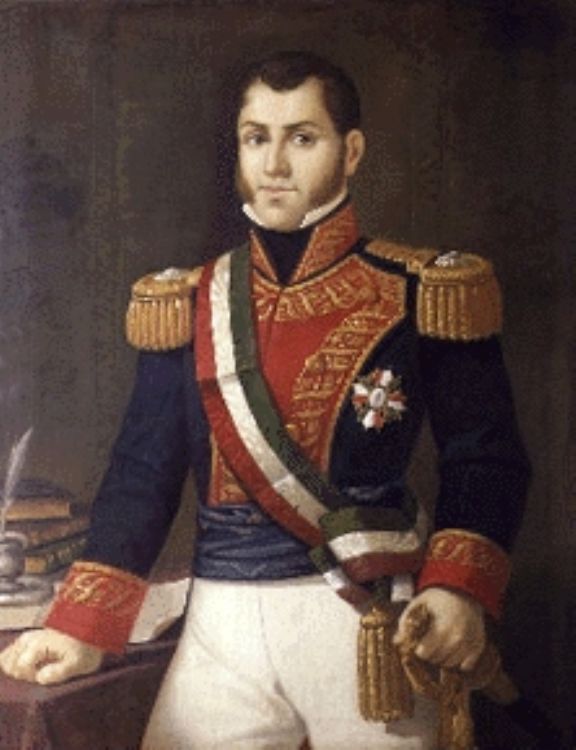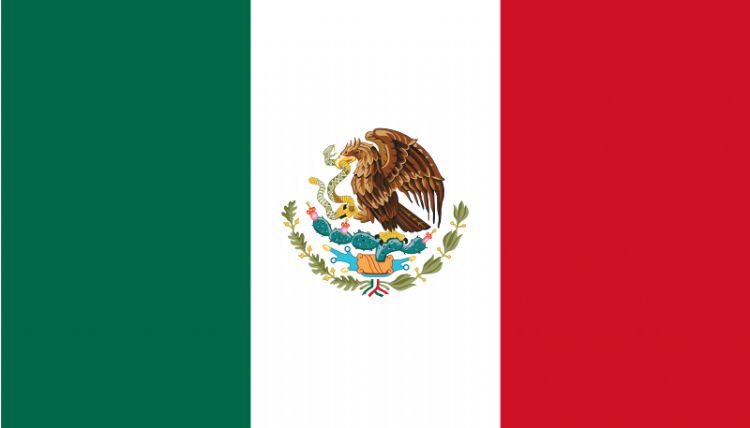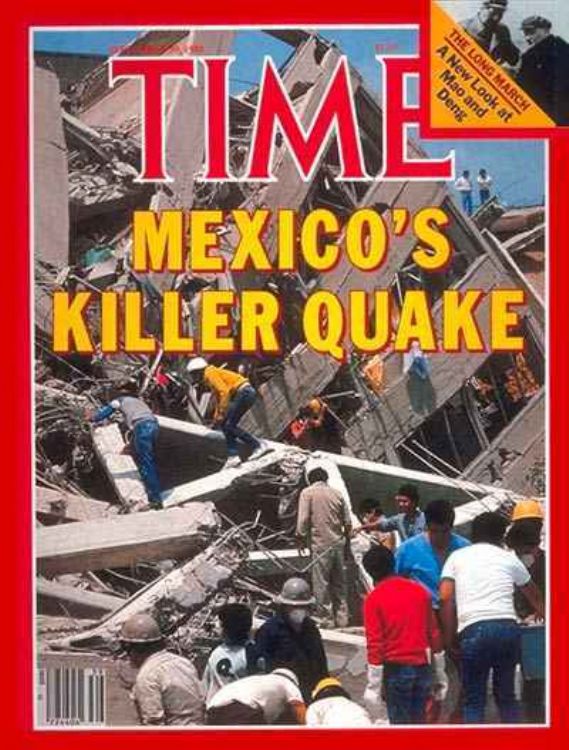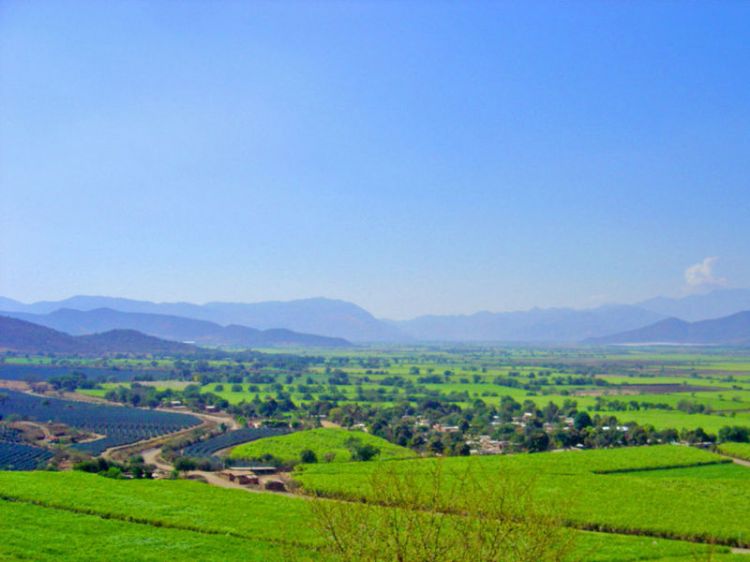Mexico City's Cathedral
.jpg)
Three years went by, before the fall of the Aztecs was consummated, for Spanish travelers lead by Hernan Cortes to order the construction of a great catholic temple, modifying the structures of existing Aztec temples and turning into the heiress of TenochtitlanâÂÂs greatest temple, where there was a temple dedicated to Xipe, and it is believed that there was also a temple to Quetzalcoatl, one dedicated to the Sun and other minor buildings.
The catholic temple constructed with grey query acquired the rank of cathedral by the Royal mandate of Carlos V and Pope Clemente VII, on the 9th of September 1530, it was recognized as Metropolitan Cathedral by Paulo III in 1547. But the building was insufficient and by the order of Felipe II demolished in 1552, starting the reconstruction of a successor in 1571. The first foundations were set by Viceroy Martin Enriquez and Archbishop Pedro Moya de Contreras. It is estimated that the new construction of the current cathedral cost an average of 1,759,000 pesos of that day and was mostly paid by the kings Felipe II, Felipe III, Felipe IV and Carlos II.
Measuring 180 feet wide, 360 feet long and 100 feet tall at its central point, it is dedicated to the ascent of Virgin Mary, and is the main temple of the Primary Archdiocese of Mexico. The beautiful cathedral synthesizes baroque and neoclassic art, has altarpieces and chapel paintings in its five naves. Outstanding are the forgiveness altar, sacristy of lateral chapels and an altarpiece to the kings, it also has various magnificent organs that can still be heard during ceremonies. In the depths are imposing striated columns erected towards the sky and returning to earth in an endless come and go. The major altarpiece tries to portray a celestial cave designed by Jerónimo de Balbás in the year 1673 with the tendency to use metal of the inhabitants of New Spain. For three centuries it captured different artistic styles and directed the rhythm of this city with the toll of its bells and is without a doubt a multiple center for different social manifestations.
More than four centuries have passed and to have constructed a building of this magnitude over what was the basin of Texcoco, added to the constant waster extractions and uneven landfills with inexorable repercussions on its buildings. Its huge weight has been its enemy and also protector, sustained it during the great earthquakes that have affected the city but has also unfortunately prompted its sinking. Nevertheless, it is a beautiful and mythic place, full of history, telling the story of the architectural union between the Old and New Spain.
Artículo Producido por el Equipo Editorial Explorando México.
Copyright Explorando México, Todos los Derechos Reservados.
Foto: Wikipedia.Org Ver Autor y Licencia






.jpg)